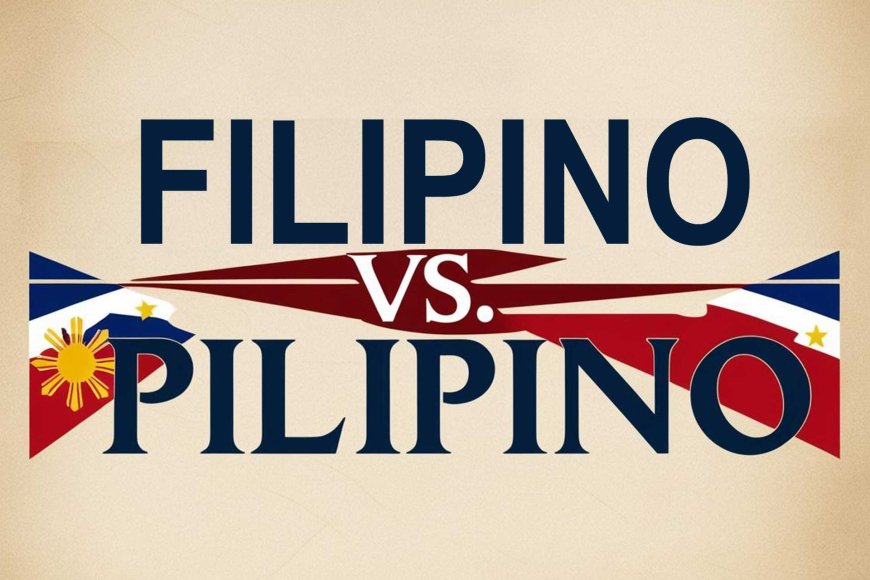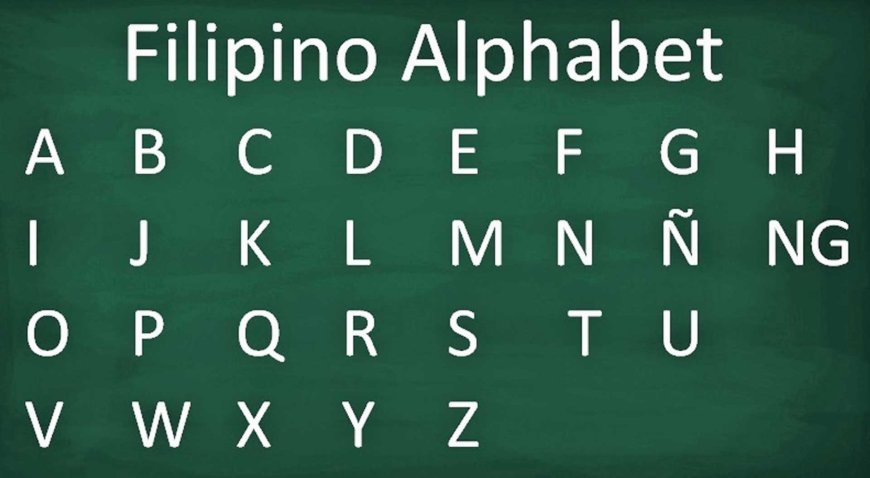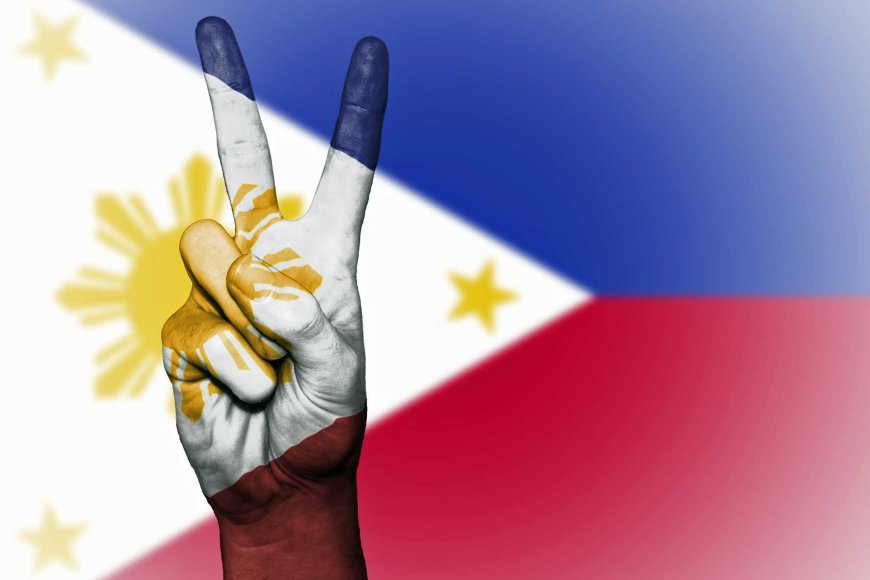Filipino vs. Pilipino: What’s the Difference?
The terms Filipino and Pilipino are often used interchangeably, but each carries unique historical significance and cultural depth.

Origins and Linguistic Roots
The distinction between Filipino and Pilipino starts with their linguistic origins. Both words refer to aspects of Philippine identity, but they have roots in different historical contexts.
- Pilipino: The term Pilipino was initially used as a national language term under the 1940 Commonwealth Act, primarily derived from Tagalog. This was during a time when the letters F and V were not native to the Philippine alphabet, so words beginning with these sounds were approximated with P or B.
- Filipino: Later, with the adoption of a new alphabet that included F, V, and other non-native sounds, Filipino became the official term under the 1987 Philippine Constitution to represent the national language. This version was more inclusive, intended to integrate elements from various Philippine languages and dialects.

Usage in Contemporary Language
Filipino and Pilipino also differ in usage depending on context.
- Pilipino: The term Pilipino remains in use, although less commonly, and often reflects a nostalgic or historical aspect of Philippine identity. Some older texts, literary works, and spoken expressions may use Pilipino to refer to the language in its earlier forms, especially among older generations or in discussions about linguistic evolution.
- Filipino: Today, Filipino is the official name of the national language and is used in formal contexts to describe both the language and nationality. For instance, government documents, academic texts, and official communication use Filipino. Additionally, Filipino can be used as an adjective to describe people, culture, or identity relating to the Philippines.

The Cultural Significance
The shift from Pilipino to Filipino symbolizes the Philippines’ embrace of linguistic inclusivity. The language now incorporates terms from other Philippine dialects, Spanish, English, and more, which aligns with the Filipino people’s multicultural heritage.
This distinction also highlights the adaptability of Filipino culture, showing how language evolves in response to changing social and cultural dynamics.

Everyday Use in the Philippines
For many Filipinos, the terms Filipino and Pilipino are used interchangeably in daily conversation. However, the official designation remains Filipino, especially in formal contexts, as the modern Filipino alphabet includes letters not present in the Tagalog-derived Pilipino alphabet.

Which One Should You Use?
When speaking or writing formally, especially in government, academic, or professional contexts, use Filipino to refer to both the language and people of the Philippines. In more casual or historical references, Pilipino can be used, but Filipino remains the preferred term in most modern contexts.

Identity Through Language and Culture
The difference between Filipino and Pilipino reflects the Philippines' linguistic evolution and cultural adaptability. Embracing these terms, whether in historical reflection or contemporary usage, celebrates the dynamic nature of the Filipino identity, language, and heritage.
Find Cheap Flight Tickets to any Destinations in Japan and the Philippines
Nipino.com is committed to providing you with accurate and genuine content. Let us know your opinion by clicking HERE.































































